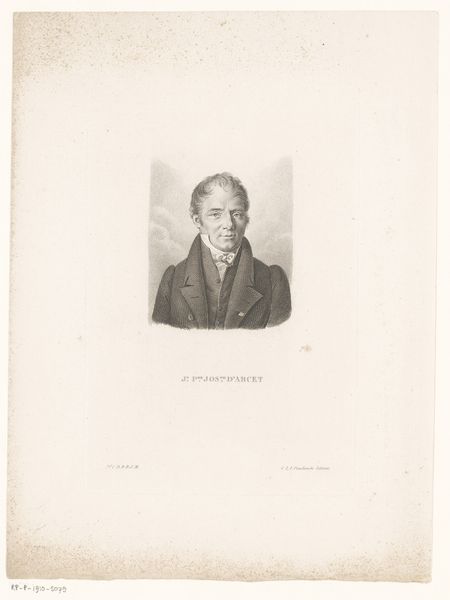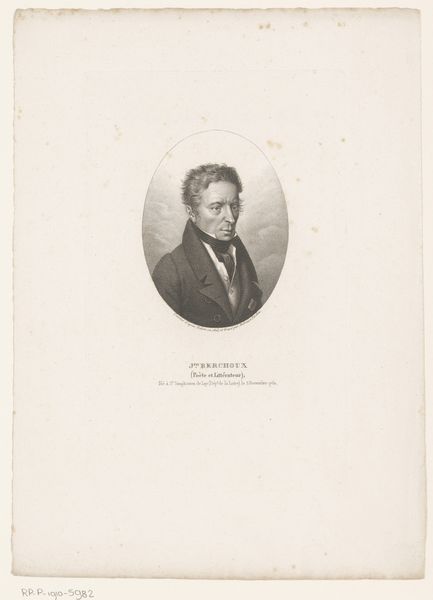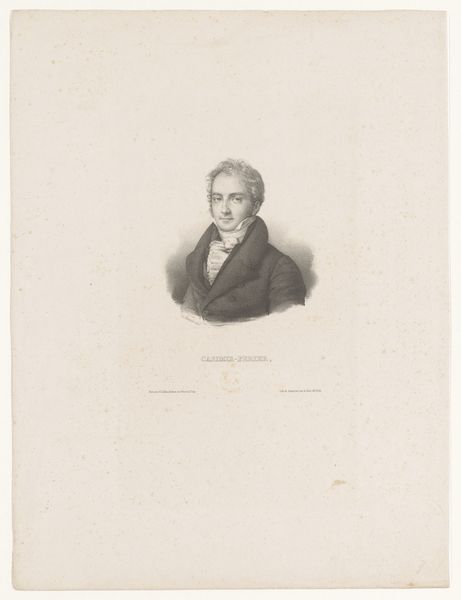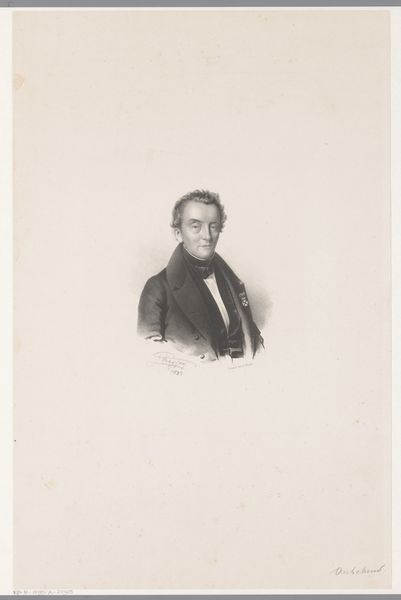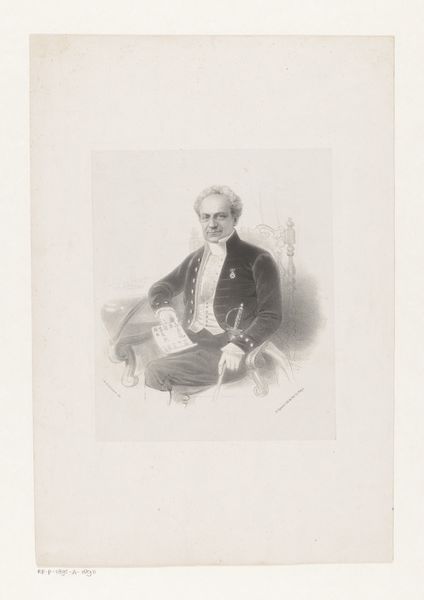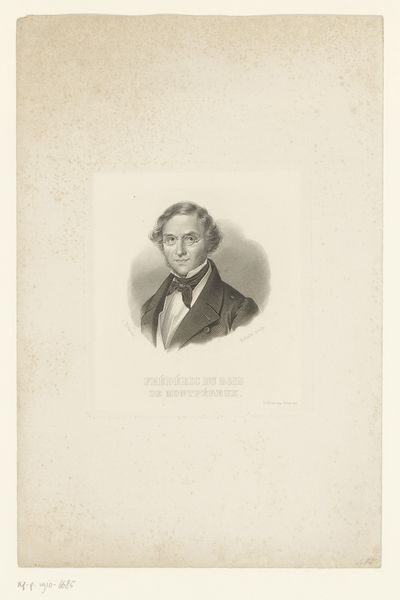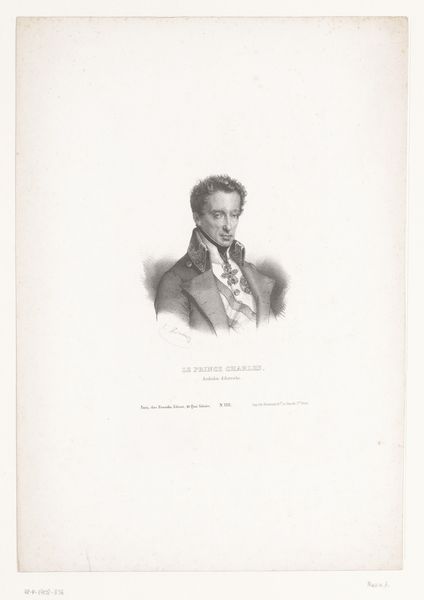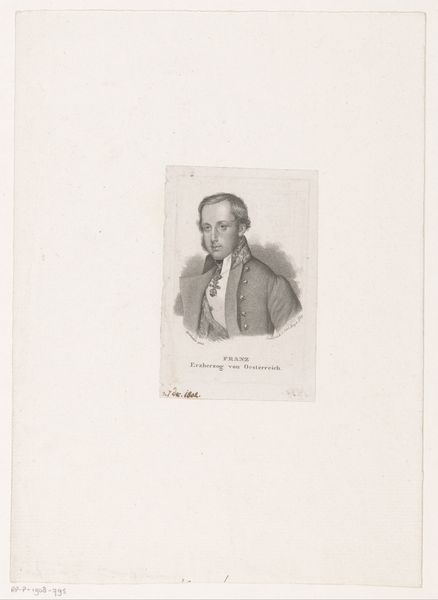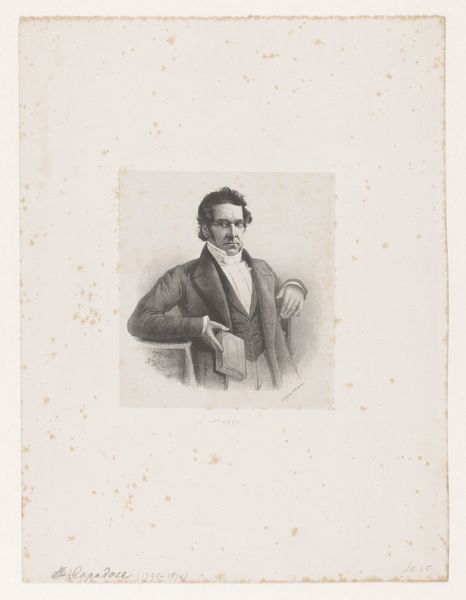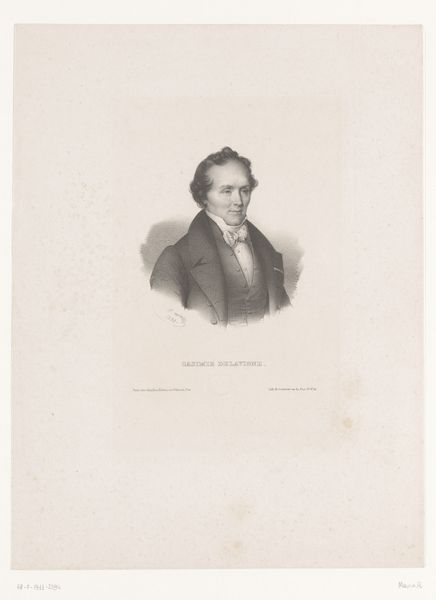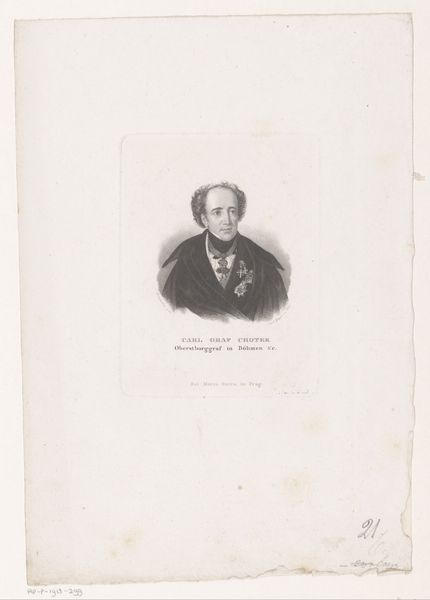
print, engraving
#
portrait
#
neoclacissism
# print
#
pencil drawing
#
history-painting
#
engraving
#
realism
Dimensions: height 217 mm, width 130 mm
Copyright: Rijks Museum: Open Domain
Charles Aimé Forestier made this portrait of Louis-Augustin Bosc d'Antic using engraving, a printmaking technique that demands precision and control. The process begins with a metal plate, typically copper, into which the artist meticulously carves lines using a tool called a burin. Ink is then applied to the plate, filling these incised lines. The surface is wiped clean, and the image is transferred to paper under high pressure. Look closely, and you’ll notice the remarkable level of detail achieved through this method. Fine lines create subtle tonal variations, capturing not just the likeness of Bosc d'Antic, but also texture and depth. Each mark represents a deliberate action, a testament to the engraver's skill. Engraving like this wasn’t just about artistic expression; it was also a means of mass production, making images accessible to a wider audience. In a way, it democratized art, moving it beyond the realm of unique, hand-painted works and into the sphere of printed multiples. So next time you see an engraving, remember it’s not just an image, but a record of skilled labor and ingenuity, made for circulation.
Comments
No comments
Be the first to comment and join the conversation on the ultimate creative platform.

